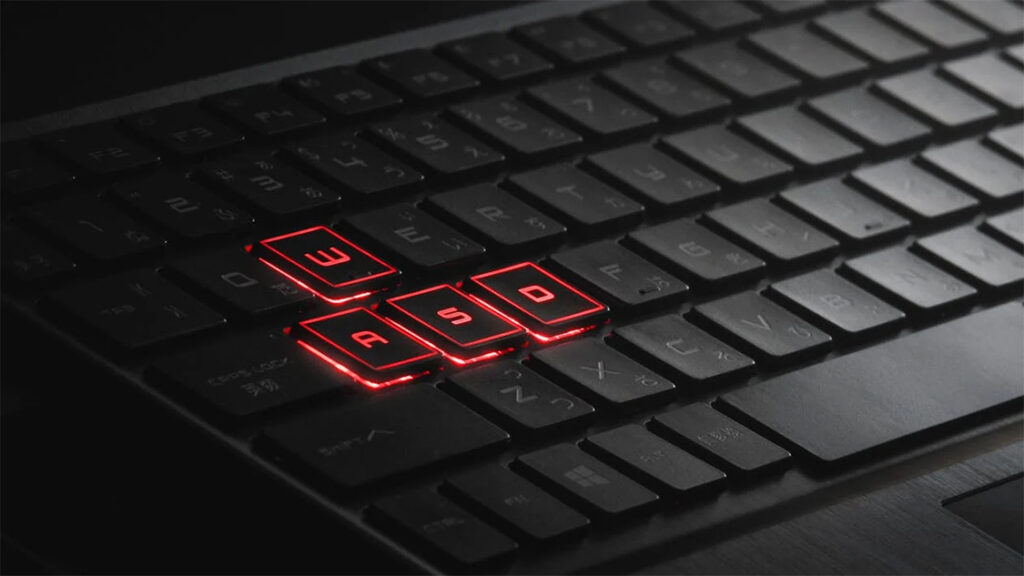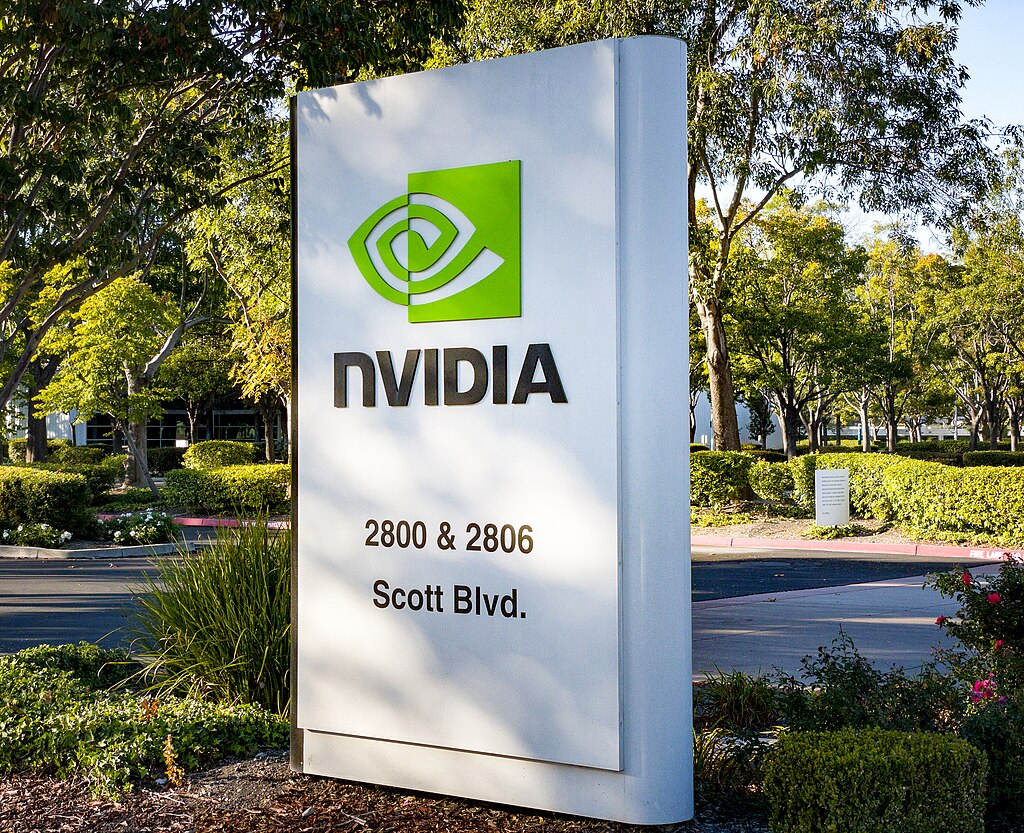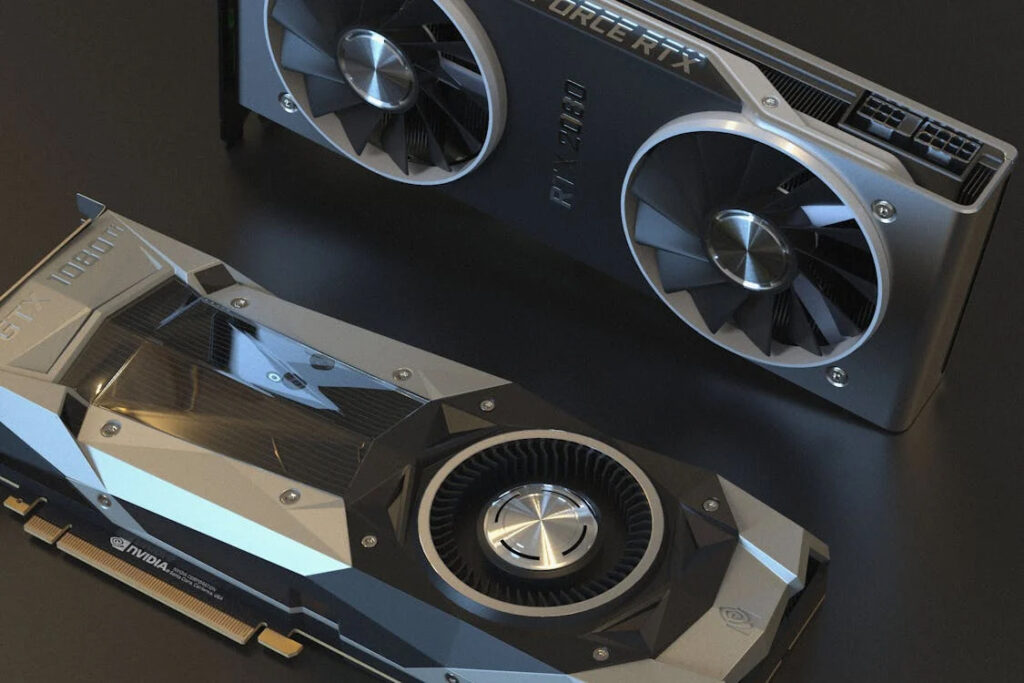Nvidia’s RTX 5060 GPU: Promising Lower Power Consumption, But With Trade-Offs
Many speculations and leaks over the last year have stoked excitement over Nvidia’s forthcoming RTX 5000-series GPUs. Among the most fascinating developments is conjecture that the RTX 5060, a member of this next-generation range, would need far less power than its predecessor, the RTX 4060. Comparatively to the 140W used by the RTX 4060, recent estimates indicate that this GPU may run as little as 115W. Though this reduced power usage is encouraging, some performance and feature tradeoffs might follow from it.
Development of Power-Efficient GPUs
A statement from Shenzen Hasee Computer Co.’s Chairman, Wu Haijun, claims that the RTX 5060 uses just 115W of electricity and is thus more power-efficient than past generations. Given past speculations that claimed the RTX 5060 would need up to 170W, a significant increase over the RTX 4060, this information, revealed by VideoCardz, is very interesting. For those who use laptops especially, the RTX 5060’s decreased power consumption is a good change since it might extend battery life and cut heat generation without compromising too much performance.
Potential Trade-Offs in Performance
Although the RTX 5060’s low power consumption is a big benefit, it seems that this efficiency might have a price. Rumors suggest the RTX 5060 will use 8GB of GDDR7 memory, keeping a 128-bit width memory bus that fits the reduced VRAM capacity. This is a decrease from the more potent RTX 5090’s projected 16GB of VRAM. Consequently, especially in memory-intensive activities like high-end gaming or demanding graphics apps, the RTX 5060 could not provide the same degree of performance boost that some gamers were expecting.
Implications for Gaming Laptops

The gaming laptop industry is probably going to be much changed by the release of the RTX 5060 as a more power-efficient GPU. Using the GB203, GB205, GB206, and GB207 GPUs for the mobile RTX 50 series, Nvidia implies that these chips are meant with power economy in mind, therefore perfect for portable devices. Though the RTX 5060 is predicted to show outstanding performance for its power class, its restrictions in VRAM and memory bus width may make it less appropriate for gamers looking for the best possible visual settings. Further underlining the trade-offs inherent in this power-efficient architecture is the most powerful GPU in the series, the GB202, with its 512-bit memory bus, uncertain availability for laptops.
Impact on the Future of GPUs
The RTX 5060’s decreased power usage marks a larger trend in the GPU sector towards more energy-efficient architectures. Growing demand for portable gaming solutions and the necessity to strike performance against battery economy drive this change. Although the RTX 5060 might not have the same degree of raw performance as its more expensive siblings, its low power consumption could appeal to players that value economy and battery life. As Nvidia develops its RTX 5000-series, the sector will probably witness more advancements pushing the envelope of what is feasible within these power limitations.
With lower power consumption that would help a broad spectrum of customers, especially those with gaming laptops, Nvidia’s forthcoming RTX 5060 GPU is poised to be a major game hardware advancement. This efficiency does, however, come with trade-offs in memory and speed, which would restrict its appeal to players looking for the best possible specs. Seeing how Nvidia strikes a balance between these conflicting goals to satisfy a varied gaming audience as the RTX 5000-series develops will be fascinating.

